Personal Finance
Content provided by Credible, which is majority owned by Fox Corporation. Credible is solely responsible for this content and the services it provides.
Our goal here at Credible Operations, Inc., NMLS Number 1681276, referred to as "Credible" below, is to give you the tools and confidence you need to improve your finances. Although we do promote products from our partner lenders who compensate us for our services, all opinions are our own.
Dear Credible Money Coach,
I turned 66 in September 2020, and applied for my Social Security benefits. I understand that you have to pay taxes on money earned. I am still working. How does this work? What are the rules and tax laws that apply to someone in my position? Is there a limit on what you can earn that you don't pay tax on? Will there be a time that you can earn as much as you can or want and your earned income won't be taxed? — Ralph
Hi Ralph, and a belated happy birthday! Thanks for your great question. Social Security and income taxes are each complicated topics. Consider them together, and it’s not surprising that a 2018 survey by the Nationwide Retirement Institute found that 37% of retirees hadn’t factored taxes into their retirement planning.
Let’s break your questions down, starting with the last one first because it’s easiest to answer. It’s unlikely there will ever come a time when retired people will be able to earn as much as they want and never pay any federal income tax on it. That said, the federal tax code is intentionally written to lessen the tax burden on senior citizens in many ways.
Let’s look at how your earned income can affect taxation of your Social Security benefits.
What to know about your non-Social Security incomeIdeally, when you retire you don’t want Social Security to be your only source of income — largely because even the highest possible monthly benefit amount won’t be enough to cover all your expenses. Most other types of income you’ll have when you’re retired can be subject to federal income tax, and possibly state income tax if you live in a state that has an individual income tax (most do).
Other types of taxable income you may have in retirement include:
All your income combined, including the amount you get from Social Security, will determine if you have to pay federal income tax on your benefits — and, if so, how much of your benefits will be subject to taxation.
How your combined income affects tax on your Social Security benefitsTo determine what portion of your Social Security benefits may be subject to federal income tax, add up all your other sources of income — wages, interest, dividends, etc. — and add that to one half of your benefits. Then, compare that combined income total to a base amount the IRS sets for each filing status.
If your combined income is equal to or less than your base amount, you won’t have to pay federal income tax on any of your Social Security benefits.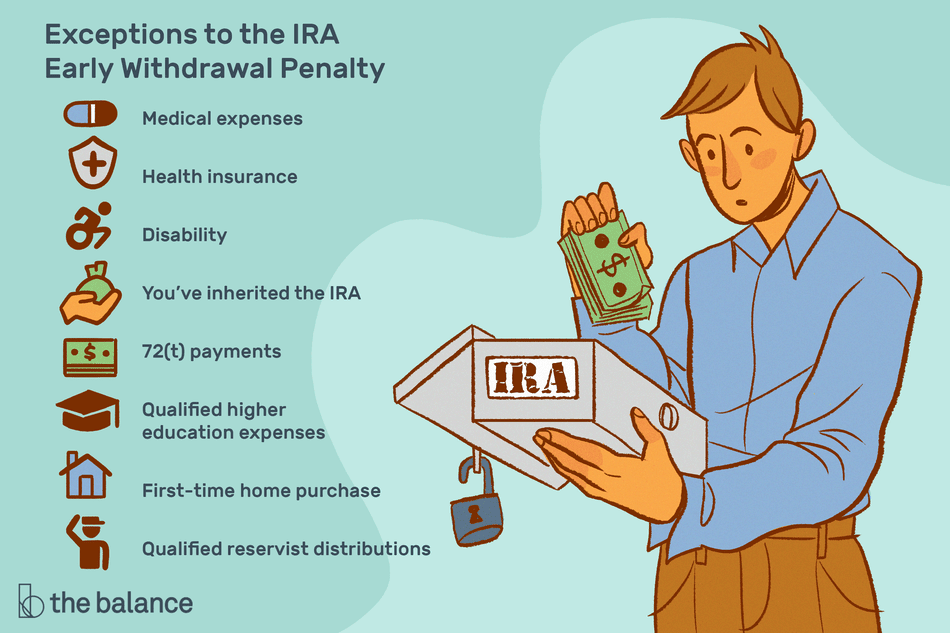 If your combined income total is more than your base amount, you may have to pay tax on some of your benefits.
If your combined income total is more than your base amount, you may have to pay tax on some of your benefits.
For 2020, the base amounts were:
Keep in mind, those base amounts could change for 2021 taxes.
So how much tax might you have to pay?If a portion of your Social Security benefits turns out to be taxable, you’ll have to pay federal income tax on either 50% or 85% of your total benefits. Which percentage applies to you will depend on how much your total combined income exceeds your base amount.
Here’s an example of how this could work:
The IRS has resources to help seniors navigate how federal income tax could apply to their Social Security benefits.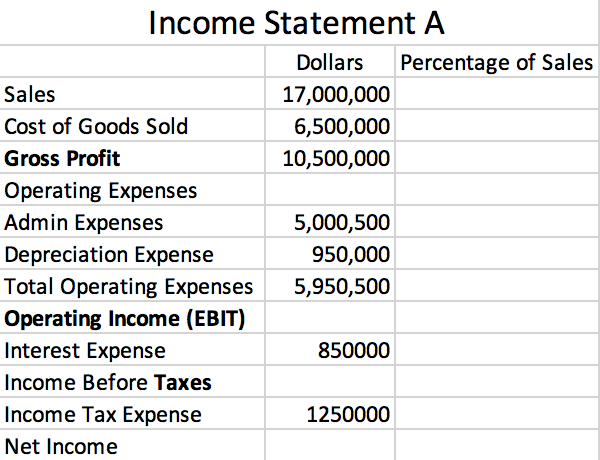 Check out IRS Publication 915 and Publication 554: Tax Guide for Seniors.
Check out IRS Publication 915 and Publication 554: Tax Guide for Seniors.
And of course, your earned income may also be subject to taxes, so it may be a good idea to consult a tax professional if you have any questions about your personal tax situation.
Need Credible® advice for a money-related question? Email our Credible Money Coaches at [email protected]. A Money Coach could answer your question in an upcoming column.
This article is intended for general informational and entertainment purposes. Use of this website does not create a professional-client relationship. Any information found on or derived from this website should not be a substitute for and cannot be relied upon as legal, tax, real estate, financial, risk management, or other professional advice. If you require any such advice, please consult with a licensed or knowledgeable professional before taking any action.
About the author:
Dan Roccato is a clinical professor of finance at University of San Diego School of Business, Credible Money Coach personal finance expert, a published author, and entrepreneur. He held leadership roles with Merrill Lynch and Morgan Stanley. He’s a noted expert in personal finance, global securities services and corporate stock options. You can find him on LinkedIn.
He held leadership roles with Merrill Lynch and Morgan Stanley. He’s a noted expert in personal finance, global securities services and corporate stock options. You can find him on LinkedIn.
Table of Contents
Table of Contents
How Social Security Is Taxed
How Much Untaxed Income?
Standard Deductions for Retirees
Tax Brackets for 2021 and 2022
The Bottom Line
Here’s everything you need to figure it out
By
Michelle P. Scott
Full Bio
Michelle P. Scott is a New York attorney with extensive experience in tax, corporate, financial, and nonprofit law, and public policy. As General Counsel, private practitioner, and Congressional counsel, she has advised financial institutions, businesses, charities, individuals, and public officials, and written and lectured extensively.
Learn about our editorial policies
Updated July 31, 2022
Reviewed by
Lea D. Uradu
Reviewed by Lea D. Uradu
Full Bio
Lea Uradu, J.D. is graduate of the University of Maryland School of Law, a Maryland State Registered Tax Preparer, State Certified Notary Public, Certified VITA Tax Preparer, IRS Annual Filing Season Program Participant, Tax Writer, and Founder of L.A.W. Tax Resolution Services. Lea has worked with hundreds of federal individual and expat tax clients.
Learn about our Financial Review Board
Fact checked by
Suzanne Kvilhaug
Fact checked by Suzanne Kvilhaug
Full Bio
Suzanne is a content marketer, writer, and fact-checker. She holds a Bachelor of Science in Finance degree from Bridgewater State University and helps develop content strategies for financial brands.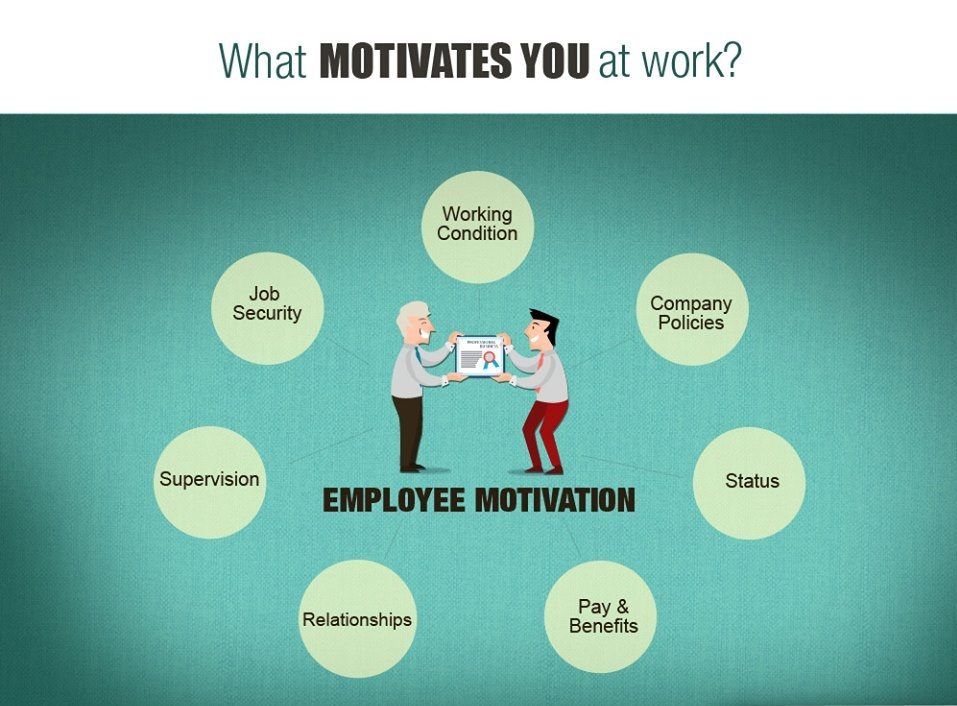
Learn about our editorial policies
If you've been proactive, you've saved for retirement through an individual retirement account (IRA) and 401(k) plan. And you know that you'll get additional income from Social Security or through a pension. But what does this all mean for your tax bill when you leave the workforce?
Your tax liability during retirement all comes down to a few important factors, notably your:
As such, your yearly tax bill will affect how much money you really have to pay for your day-to-day expenses.
Having said this, it’s important to understand how your retirement income will be taxed. This information can help you plan for your future if you're still working. And if you've already retired, you may need to account for additional sources so you don't run out of money. Understanding how taxes will affect your retirement income can help you consider ways to minimize your tax bill and maximize your retirement income.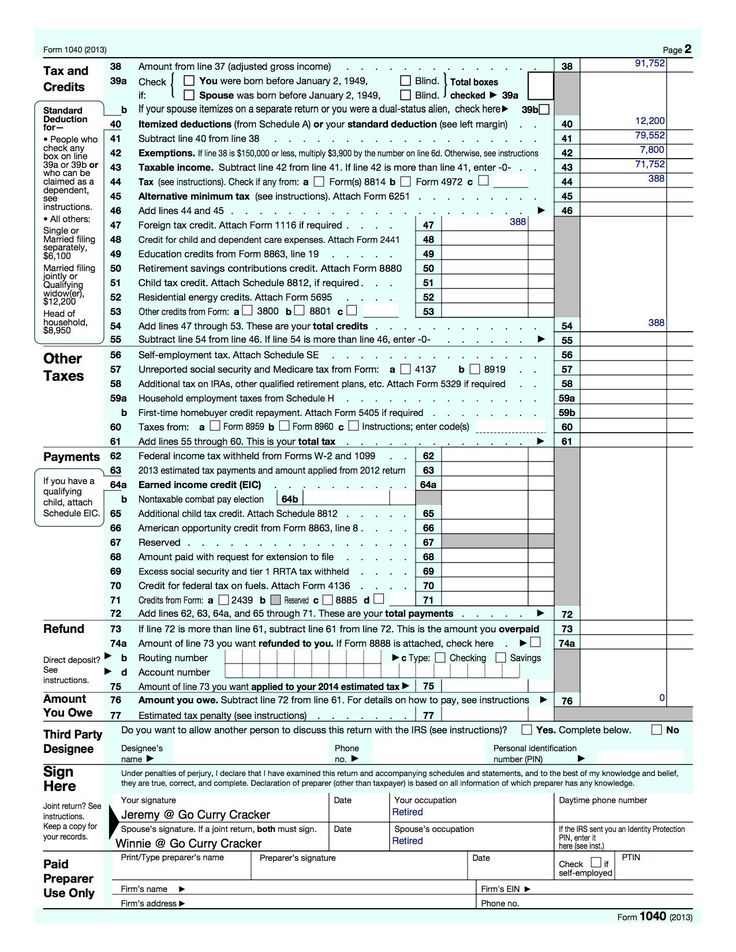
There's a good chance that you won't owe taxes on Social Security if it's the only source of income you receive during retirement. That's because your income will be too low to be taxable. But if you have other sources of income, including otherwise tax-exempt interest income, a portion of your Social Security benefits may incur a tax bill.
More than half of Social Security beneficiaries pay some tax on their benefits. The percentage of families receiving Social Security benefits who have to pay income taxes on them was less than 10% in 1984 and more than 50% by 2015. This figure may rise to 56% between 2015 and 2050, according to the Social Security Administration (SSA).
The percentage of families receiving Social Security benefits who have to pay income taxes on them was less than 10% in 1984 and more than 50% by 2015. This figure may rise to 56% between 2015 and 2050, according to the Social Security Administration (SSA).
The amount of your taxable Social Security benefits depends on your combined income or the sum of:
Common sources of gross income include wages, salaries, tips, interest, dividends, IRA/401(k) distributions, pensions, and annuities.Common adjustments to gross income include health savings account (HSA) contributions, deductions for IRA contributions, student loan interest deductions, and contributions to self-employed retirement plans.
The level of your combined income determines the portion of your Social Security benefits that is taxable. The following chart indicates the percentage of your Social Security benefits that will be subject to tax at different levels of combined income:
| Combined Income | Taxable Portion of Social Security |
|---|---|
| Individual Return | |
| $0 to $24,999 | No tax |
| $25,000 to $34,000 | Up to 50% of SS may be taxable |
| More than $34,000 | Up to 85% of SS may be taxable |
| Married, Joint Return | |
| $0 to $31,999 | No tax |
| $32,000 to $44,000 | Up to 50% of SS may be taxable |
| More than $44,000 | Up to 85% of SS may be taxable |
| Married, Separate Return | |
| $0 and up | Up to 85% of SS may be taxable |
This depends on a couple of factors, including the source of income and the total amount you receive. You may get distributions from 401(k)s and IRAs, Social Security benefits, pension payments, and annuity income. Some people may also continue to earn income from work, as an employee, or through self-employment, even though they may have retired from their regular or long-term employment.
You may get distributions from 401(k)s and IRAs, Social Security benefits, pension payments, and annuity income. Some people may also continue to earn income from work, as an employee, or through self-employment, even though they may have retired from their regular or long-term employment.
Unearned income may be subject to income tax and different tax rules. Ultimately, a retiree’s tax liability depends on the tax bracket in which they fall:
Both your income from these retirement plans and your earned income are taxed as ordinary income at rates from 10% to 37%. And if you have an employer-funded pension plan, that income is also taxable.
Distributions from plans funded using after-tax contributions are not taxed the same way as those funded with pretax dollars.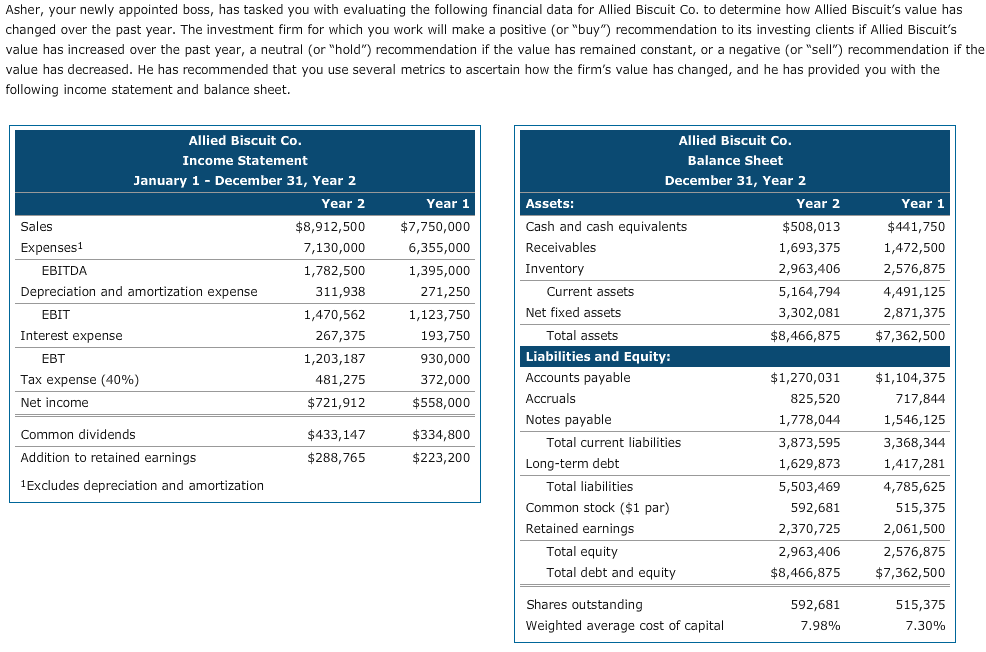 Form 1099-R, which is sent to a taxpayer who made after-tax contributions to plans, reports both the gross amount distributed as well as the taxable amount.
Form 1099-R, which is sent to a taxpayer who made after-tax contributions to plans, reports both the gross amount distributed as well as the taxable amount.
IRAs, 401(k)s, and similar plans are required to make annual required minimum distributions (RMDs) to beneficiaries, beginning the year they turn 72 years of age. The RMD requirement was suspended for the 2020 tax year, in response to the pandemic, but was reinstated for 2021.
Income such as dividends, rents, and taxable interest from investments held outside IRAs, 401(k)s and similar plans are subject to tax at ordinary income rates of up to 37%. Capital gains rates apply to gains realized on the sale of investments. Long-term capital gains are taxed at low rates, ranging from a zero rate bracket to a rate of 20% for taxpayers with very high taxable incomes.
Roth IRA and Roth 401(k) distributions are not taxable. Roth plans, which are funded with after-tax dollars, do not have an RMD requirement.
While unearned income, such as income from pensions, IRAs, annuities, and other investments, is subject to income tax under rules that vary by the income’s source, earned income works a little differently.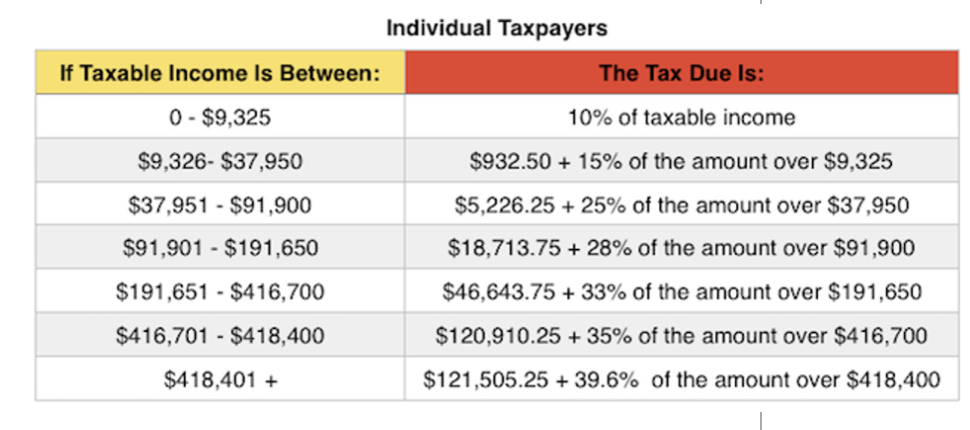 Any income you earn from regular employment and self-employment sources is subject to Social Security, Medicare, and income taxes.
Any income you earn from regular employment and self-employment sources is subject to Social Security, Medicare, and income taxes.
If you receive Social Security benefits and continue to work and earn income, you will have to pay Social Security and Medicare taxes on that earned income. However, if your total income (the sum of your earned income, unearned income, and Social Security benefits) remains low enough, you will not owe federal income tax on it. If your AGI is equal to or less than the standard deduction for your filing status, your federal income tax liability likely is zero.
The tax rates and tax liabilities for older people with earned and unearned income depend on the tax bracket that corresponds to their total taxable income. You determine your tax bracket in retirement the same way you did while you were working. Add up your sources of taxable income, subtract your standard or itemized deductions, apply any tax credits you’re eligible for, and check the tax tables in the instructions for Form 1040 and 1040 SR.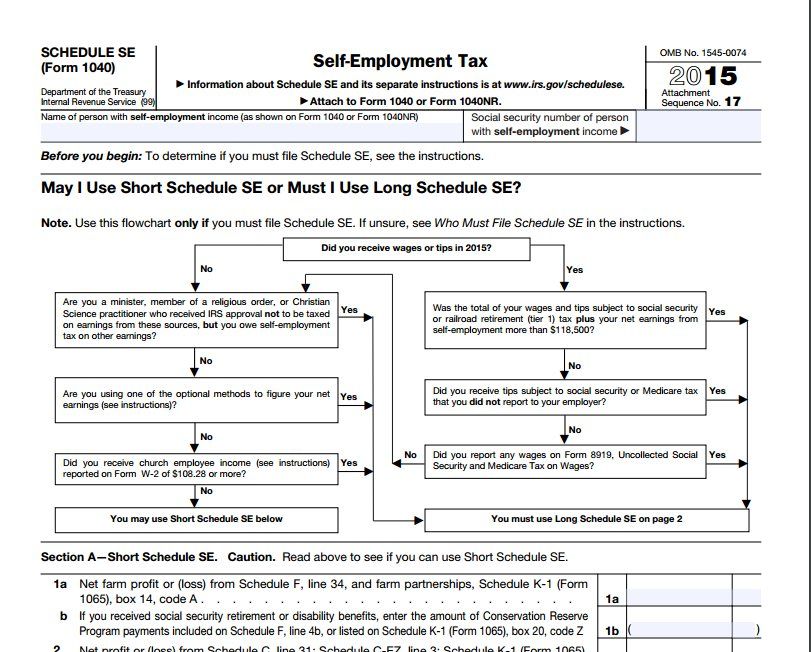 You can also put all this information into a tax software program or give it to your accountant.
You can also put all this information into a tax software program or give it to your accountant.
The standard deductions for 2021 are used on tax returns filed in 2022. The standard deduction for 2021 is $12,550 for single taxpayers and married taxpayers filing separately, $25,100 for married taxpayers filing jointly, and $18,800 for heads of household. The standard deduction for married couples filing jointly increased for the 2022 tax year to $25,900, tp $12,950, and to $19,400 for heads of households.
Taxpayers who are 65 years of age or older (whether or not they are retired) are eligible for an extra standard deduction of $1,700 for 2021 ($1,750 in 2022) if they are single or heads of household (and not married or a surviving spouse) and an extra $1,350 for 2021 ($1,400 in 2022) per senior spouse if they are married filing jointly, married filing separately, or a qualified widow(er).
| Standard Deductions for Taxpayers Age 65 or Over, Tax Year 2021 | |||
|---|---|---|---|
| Filing Status | Standard Deduction | Senior Bonus | Total Deduction |
| Single | $12,550 | $1,700* | $14,250 |
| Married filing jointly or qualified widow(er) | $25,100 | $1,350 per senior spouse | $26,450 or $27,800 |
| Married filing separately | $12,550 | $1,350 | $13,900 |
| Head of household | $18,800 | $1,700* | $20,500 |
| Standard Deductions for Taxpayers Age 65 or Over, Tax Year 2022 | |||
|---|---|---|---|
| Filing Status | Standard Deduction | Senior Bonus | Total Deduction |
| Single | $12,950 | $1,750* | $14,700 |
| Married filing jointly or qualified widow(er) | $25,900 | $1,400 per senior spouse | $27,300 or $28,700 |
| Married filing separately | $12,400 | $1,400 | $13,800 |
| Head of household | $18,650 | $1,750* | $20,400 |
* If not a surviving spouse, otherwise $1,350 in 2021 and $1,400 in 2022.
If your taxable total income falls below these amounts, you won’t owe any taxes. You usually won’t even have to file a tax return (unless you are married filing separately), though you may want to anyway. Filing a return allows you to claim any credits for which you might be eligible, such as the tax credit for the elderly and disabled or the earned income credit. Filing a return also ensures that you receive any refund you may be owed.
Taxpayers who itemize deductions may not claim the standard deduction and bonus amounts. Recent increases in the standard deduction amounts mean the threshold at which older taxpayers benefit more from itemizing than taking the standard deduction is higher. These higher levels may affect your decisions about when to make charitable donations or pay other deductible expenses. You may be able to benefit from itemizing in some years if you can lump large itemizable expenses together so that they fall within a single tax year.
Below, you'll find the tax rates and brackets based on filing status and income thresholds for both the 2021 and 2022 tax years.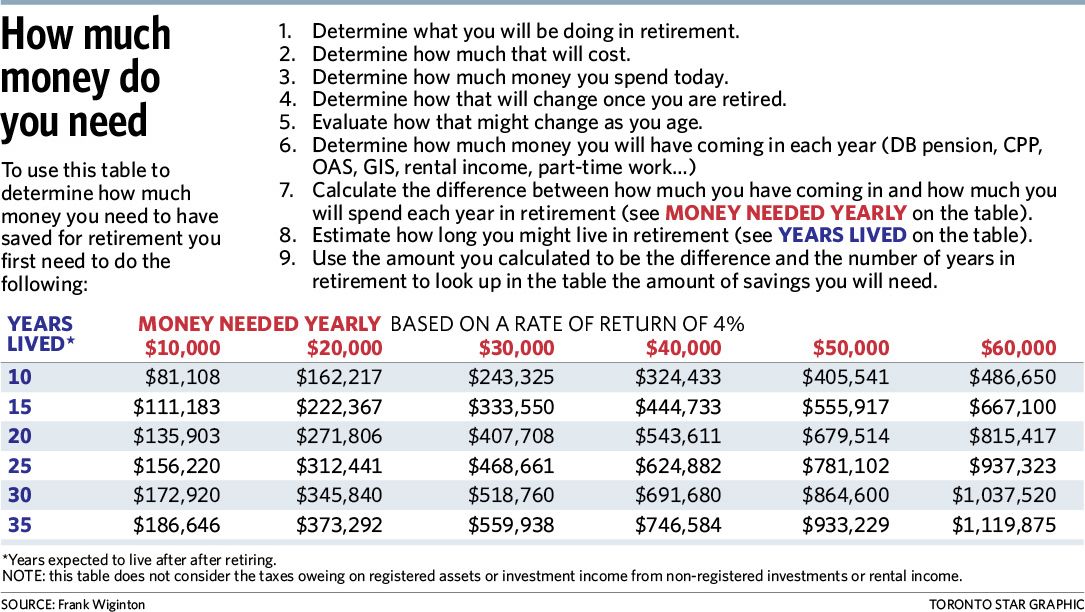
| Tax Brackets, 2021 | ||||
|---|---|---|---|---|
| 2021 Rate | Married Joint Return | Single Individual | Head of Household | Married Separate Return |
| 10% | $19,900 or less | $9,950 or less | $14,200 or less | $9,950 or less |
| 12% | $19,900 to $81,050 | $9,951 to $40,525 | $14,201 to $54,200 | $9,951 to $40,525 |
| 22% | $81,051 to $172,750 | $40,526 to $86,375 | $54,201 to $86,350 | $40,526 to $86,375 |
| 24% | $172,751 to $329,850 | $86,376 to $164,925 | $86,351 to $164,900 | $86,376 to $164,925 |
| 32% | $329,851 to $418,850 | $164,926 to $209,425 | $164,901 to $209,400 | $164,926 to $209,425 |
| 35% | $418,851 to $628,300 | $209,426 to $523,600 | $209,401 to $523,600 | $209,426 to $314,150 |
| 37% | Over $628,300 | Over $523,600 | Over $523,600 | Over $314,150 |
Marginal tax rates for 2022 don't change but the level of taxable income that applies to each rate increases. The top rate of 37% will apply to income over $539,900 for individuals and heads of household and $647,850 for married couples who file jointly.
The top rate of 37% will apply to income over $539,900 for individuals and heads of household and $647,850 for married couples who file jointly.
| Tax Brackets, 2022 | ||||
|---|---|---|---|---|
| 2022 Rate | Married Joint Return | Single Individual | Head of Household | Married Separate Return |
| 10% | $20,550 or less | $10,275 or less | $14,650 or less | $10,275 or less |
| 12% | $20,551 to $83,550 | $10,276 to $41,775 | $14,651 to $55,900 | $10,276 to $41,775 |
| 22% | $83,551 to $178,150 | $41,776 to $89,075 | $55,901 to $89,050 | $41,776 to $89,075 |
| 24% | $178,151 to $340,100 | $89,076 to $170,050 | $89,051 to $170,050 | $89,076 to $170,050 |
| 32% | $340,101 to $431,900 | $170,051 to $215,950 | $170,051 to $215,950 | $170,051 to $219,950 |
| 35% | $431,901 to $647,850 | $215,951 to $539,900 | $215,951 to $539,900 | $215,951 to $323,925 |
| 37% | Over $647,850 | Over $539,900 | Over $539,900 | Over $323,925 |
Will you pay taxes in retirement? Unless your taxable income falls at or below the standard deduction level every year, you probably will.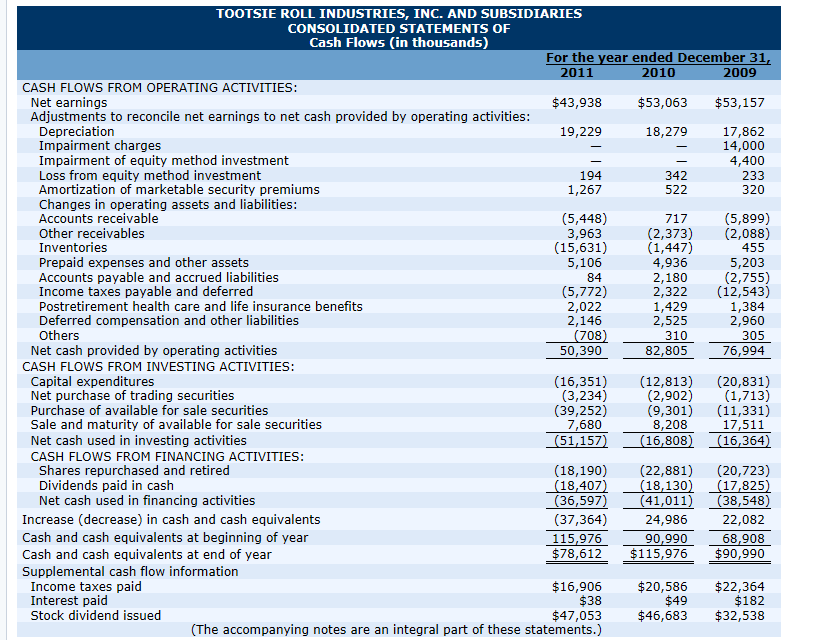 How much you’ll pay is another story. There are many ways to help retirees minimize their tax burden. Strategies include timing distributions, bunching income, bunching deductions that can be itemized, and doing retirement account conversions.
How much you’ll pay is another story. There are many ways to help retirees minimize their tax burden. Strategies include timing distributions, bunching income, bunching deductions that can be itemized, and doing retirement account conversions.
Article Sources
Investopedia requires writers to use primary sources to support their work. These include white papers, government data, original reporting, and interviews with industry experts. We also reference original research from other reputable publishers where appropriate. You can learn more about the standards we follow in producing accurate, unbiased content in our editorial policy.
Internal Revenue Service. “Don’t Forget, Social Security Benefits May be Taxable.”
Social Security Administration. “Retirement Benefits,”
Social Security Administration. “Retirement Benefits, 2022.” Pages 12-13.
Social Security. "Income Taxes And Your Social Security Benefit."
Internal Revenue Service. "IRS Provides Tax Inflation Adjustments for Tax Year 2022."
"IRS Provides Tax Inflation Adjustments for Tax Year 2022."
Internal Revenue Service. "About Form 1099-R, Distributions From Pensions, Annuities, Retirement or Profit-Sharing Plans, IRAs, Insurance Contracts, Etc."
Internal Revenue Service. "Retirement Plan and IRA Required Minimum Distributions FAQs."
Internal Revenue Service. "Topic No. 409 Capital Gains and Losses."
Internal Revenue Service. "Roth Comparison Chart."
Internal Revenue Service. "Publication 554: Tax Guide for Seniors," Page 12.
Internal Revenue Service. "IRS Provides Tax Inflation Adjustments for Tax Year 2021."
Internal Revenue Service. "RP-2021-45," Page 14.
Internal Revenue Service. "Credits and Deductions for Individuals."
Internal Revenue Service. "IRS Provides Tax Inflation Adjustments for Tax Year 2021."
Society 2021
Share
Unfortunately, in old age, not every pensioner manages to make ends meet. And in order to stay afloat, many choose part-time work as a source of additional income. And, interestingly, advanced pensioners manage to earn money without attracting the attention of the tax authorities. nine0024
Minijob offers pensioners a guaranteed income of up to 520 euros per month without having to pay taxes on this amount, notes the Federal Employment Agency.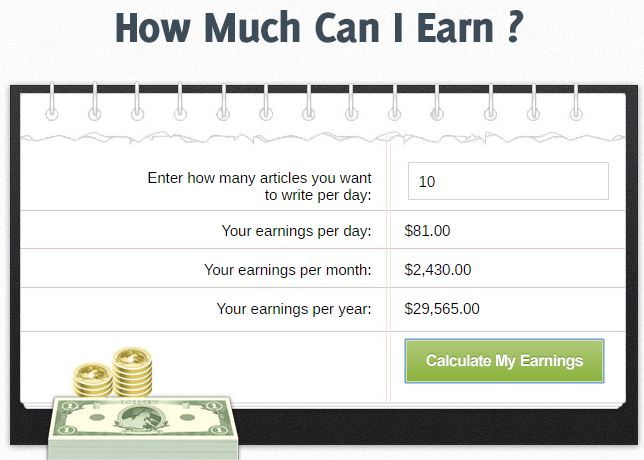 And here it is important to know that the statutory minimum wage fully applies to the Minijob as well. From October 2022, this amount is 12 euros per hour worked (gross). Purely arithmetic: the threshold of 520 euros of income is reached at 43.3 working hours per month.
And here it is important to know that the statutory minimum wage fully applies to the Minijob as well. From October 2022, this amount is 12 euros per hour worked (gross). Purely arithmetic: the threshold of 520 euros of income is reached at 43.3 working hours per month.
Usually, employers themselves pay a flat income tax of 2% for mini-workers, so pensioners are free from further payments. Another thing is if the employer does not pay tax at a fixed rate, then in this case this burden falls directly on the employee. But be careful: if you plan to pay the tax yourself, it will be calculated at your personal tax rate, which is always above 2%! nine0005
There are special cases where retirees with a Minijob can increase their monthly, tax- and social security-free additional income. This applies to trainers in sports clubs, including instructors, educators or supervisors who receive a flat rate. According to the newspaper Handelsblatt, in these cases the monthly amount of additional income is increased by 250 euros (excluding taxes and duties). In short, the "exemplary" Minijobber already has a tax-free income of 770 euros per month. nine0005
In short, the "exemplary" Minijobber already has a tax-free income of 770 euros per month. nine0005
But more is possible: if you also volunteer, you can receive an additional 70 euros per month without taxes.
Adding up all these possible non-taxable additional incomes, we get the following: pensioners who work as coaches and have a mini-job, plus volunteer, can earn up to 840 euros per month without paying taxes.
Of course, this combination is applicable only to a few pensioners, but those who have such an opportunity should definitely use it. nine0005
Germany speaks about it:
From Leipzig and Berlin to Kaliningrad with "Paneurasia"
2.6 million households could not heat their homes vegetarians
Vacation by train, but not with Deutsche Bahn - how to save money
Taxpayer money wasted
Aldi will close earlier in winter - what will change
Glyphosate in beer - 12 brands affected in Germany
Housing fees for Hartz IV recipients
Krombacher announces price increase - not only beer will rise in price
Venus 2022 in Germany: It's getting more erotic in Berlin
Electricity fees in 2023 will increase dramatically
Solid gaps in mathematics and knowledge German at schoolchildren
It became known whether Germany is in danger of a power outage and what to do if it happens
Cannabis comes out of the ban
Subscribe
Germany Berlin Ukraine frankfurt Germany News Pensions Money Inflation A crisis Sport Taxes
nine000884249 nine0005
Dmitry Popov
24618
nine0002 Daria FedotovaA photo 33974 nine0005
Artem Koshelenko
21383
Artem Koshelenko
 pl: a resident of Poland expelled a refugee from Ukraine because of dumplings
pl: a resident of Poland expelled a refugee from Ukraine because of dumplings 51119
Oleg Tsyganov
nine0010What to read:More materials
32785
Barnaul nine0002 Alexander Zakharov22142
Ulan-UdeElena Kokorina
16800
Crimea Photo: //t. me/Aksenov82/
me/Aksenov82/
14507
Kalmykia12393
CrimeaPhoto: //t.me/razvozhaev/
8447
YaroslavlIn the regions:More materials
90,000 Pensions for the self-employed - how the points are calculated and what will be06/22/2022
VTB Group
A new tax regime - NPT, or self-employment - has gained popularity in Russia. This is quite understandable. In recent years, the economy has required new approaches to solving the problems of limiting unemployment, as well as maintaining and developing small and medium-sized businesses.
This is quite understandable. In recent years, the economy has required new approaches to solving the problems of limiting unemployment, as well as maintaining and developing small and medium-sized businesses.
Thus, according to the Federal Tax Service, as of January 24, 2022, more than 4 million self-employed citizens were registered in Russia. Surely many are interested in: how will their pension and seniority be calculated if the legislation for the self-employed only specifies the obligation to pay professional income tax (PIT) and not a word about contributions to the Pension Fund and Social Insurance Fund. nine0005
The question arises: what is the relationship between self-employment and pension? How much can an officially registered self-employed citizen expect when it's time to take a well-deserved rest?
Today, self-employed individuals pay a tax of 4% on income received from individuals, and 6% - from legal entities. These taxes are distributed as follows: 63% of the amount of the tax paid goes to the budget of the region where the self-employed operates, and 37% goes to the Compulsory Medical Insurance Fund (CHI). nine0005
These taxes are distributed as follows: 63% of the amount of the tax paid goes to the budget of the region where the self-employed operates, and 37% goes to the Compulsory Medical Insurance Fund (CHI). nine0005
Other payments and payments are not provided, which means that there are no pension contributions. In the absence of contributions, no points are accumulated, and without points there is no pension. This formula is valid for young people who have not yet accumulated seniority.
What awaits the self-employed? The Pension Fund of the Russian Federation clarified that there are no mandatory payments for pension insurance for persons on the NAP. That is, a self-employed person works, pays tax during the year, but this year is not taken into account in the insurance period, pension points will not be accrued for it. nine0005
It is worth clarifying where the pension comes from and who is entitled to it.
In the Russian Federation, an insurance pension does not come automatically, upon reaching a certain age (as some people think). The right to an insurance pension gives seniority and pension points. In 2022, the minimum work experience is 13 years and a minimum of 23.4 points, which are indexed according to contributions paid.
The right to an insurance pension gives seniority and pension points. In 2022, the minimum work experience is 13 years and a minimum of 23.4 points, which are indexed according to contributions paid.
There is another type of pension - social, which requires five years of work experience. The size of the social pension is established by the state, with the obligation of annual indexation. Social pension age is taken into account only five years after the general retirement age. For 2022, this threshold is 56.5 years for women and 61.5 years for men. nine0005
Let's say a man has worked less than 13 years on employment contracts and does not have enough points or has been self-employed for a long time. Then he is entitled to apply for a social pension.
When a self-employed person simultaneously works under an employment contract, the employer pays insurance premiums for him, and the length of service is gradually accumulated.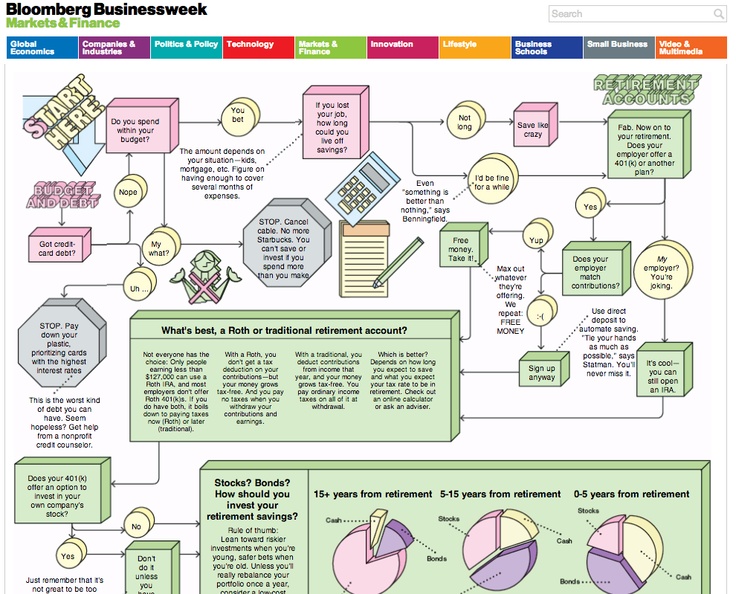 You don't have to worry about retirement. It makes no sense for self-employed pensioners to be nervous either, for them this is a passed stage, and it will not be possible to influence it. nine0005
You don't have to worry about retirement. It makes no sense for self-employed pensioners to be nervous either, for them this is a passed stage, and it will not be possible to influence it. nine0005
But what about the rest of the registered self-employed, who are counting on a quiet, relatively comfortable old age? In this case, the state proposes to form a pension independently.
There are two ways to get a pension.
The first is when a self-employed citizen decides not to interact with the state represented by the Pension Fund and independently saves money for retirement. This method is good, but there are risks: inflation, the threat of bankruptcy of financial institutions, fraud, etc. nine0005
The second way to get seniority is to "purchase" it. A self-employed person has the right to make voluntary insurance contributions to the Pension Fund of Russia. To do this, you need to register with the FIU as an OPS insured.
The self-employed person determines the amount of voluntary contributions. In the My Tax application, the self-employed person sees the cost of the insurance year, which consists of contributions payable, as well as information about the payments made. The accumulated experience will appear at the end of the year. nine0005
In the My Tax application, the self-employed person sees the cost of the insurance year, which consists of contributions payable, as well as information about the payments made. The accumulated experience will appear at the end of the year. nine0005
Federal legislation establishes the minimum and maximum amount of contributions (FZ No. 167). For 2022, you must pay at least 34,445 ₽. At the same time, you can deposit any amount, keeping in mind that the period of insurance will include the period that was paid in proportion in the annual calculation.
The maximum annual insurance premium in 2022 is 293,356.8 ₽. This amount is calculated on the basis of the eightfold minimum wage established by the state and a certain rate of insurance premiums of the Pension Fund multiplied by 12 (8 * 13 890 ₽ * 22% * 12 months = 293,356.80).
You can pay either once a year or in installments throughout the year. Payment is due by December 31st.
The calculation of the insurance experience starts from the date of application to the FIU. The seniority is calculated depending on the amount of contributions paid. If the contributions paid in total are less than the established minimum, but paid before December 31, the length of service will not include the entire year, but the number of months will be added in proportion to the amount paid. nine0005
The length of service is credited for a period of 1 month, subject to payment of 1/12 of the amount of a fixed amount of insurance premiums (i.e. 34,445 / 12 = 2,870.42 ₽), and a period of 1 day - subject to payment of 1/ 30 of the monthly amount of the fixed amount of insurance premiums (2,870.42 / 30 = 95.68 ₽).
The points themselves consist of several parts:
contributions
Contribution ceiling (indexed annually)
PFR contribution rate (currently 22%)
The methodology for calculating pension points is made according to the formula:
Individual pension coefficient IPC = (DZ / 22 * 16) / 250 400 * 10,
where:
DZ - voluntary contributions
22% - general contribution rate
16% - individual part of the tariff
250 400 ₽ — contributions under the tariff from the marginal base (1 565 000 * 16%)
Therefore, if the minimum contribution of 34,445 rubles is paid, the self-employed person will receive 1. 004 points (34,445 / 22 * 16 / 250,400 * 10 = 1.004).
004 points (34,445 / 22 * 16 / 250,400 * 10 = 1.004).
In the case of a maximum contribution of ₽293,356.8, 8.52 points will be awarded.
In 2022, the cost of 1 point is 104.69 ₽. So how many points can you earn?
When paying the minimum amount of insurance premiums: 1.004 * 104.69 = 105.1 ₽. This will be the minimum amount earned. When paying the maximum contribution: 8.52 * 104.69= 891.96 ₽.
When calculating the insurance part of the pension, a fixed payment is added to the amount of points received. In 2022, it is 6401.1 ₽. The state periodically indexes pensions (and pension points), based on inflation or changes in the wage system.
The main thing to remember is that for a pension you need at least 13 years of experience and at least 23.4 points. Paying contributions at the minimum limit, the self-employed must pay them for about 26 years. The one whose contributions are the highest only needs to pay approximately three years to become eligible for a pension (with 13 years of service).